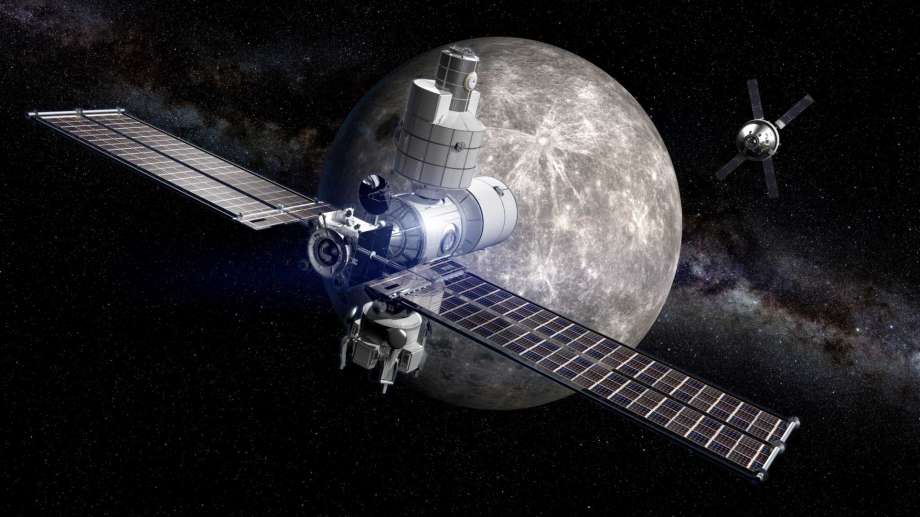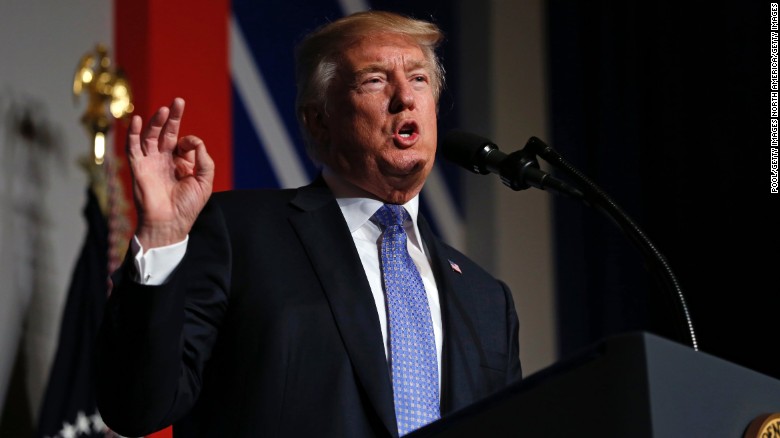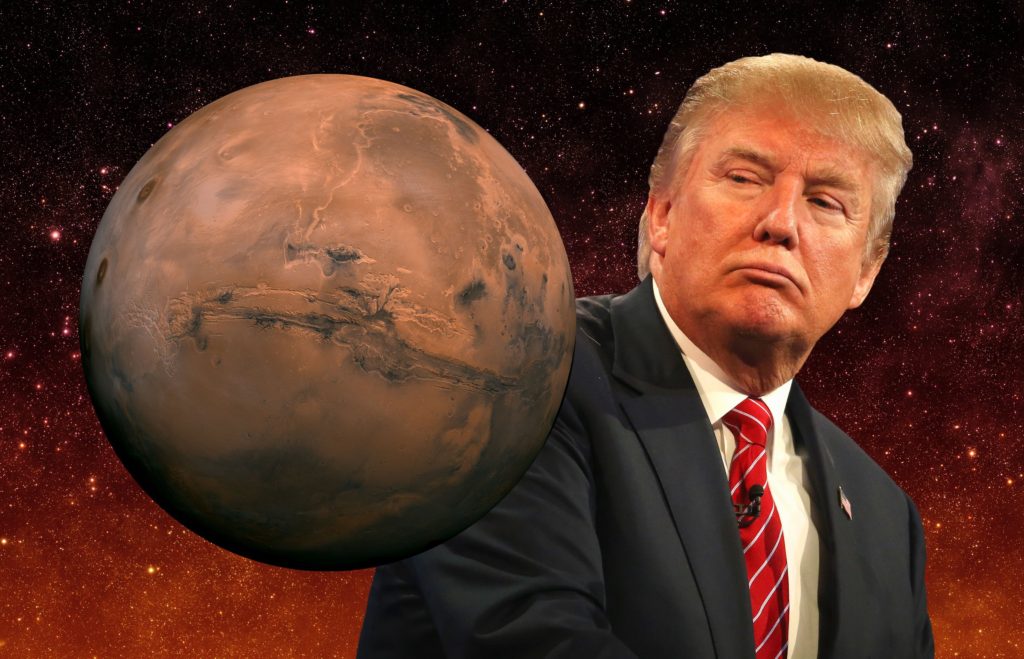
The Mars Society is pleased to announce that a formal debate on NASA’s proposed Lunar Orbital Platform-Gateway, a human-tended facility in orbit around the Moon, will be held at the 21st Annual International Mars Society Convention on Thursday, August 23rd at 8:00 pm in the Pasadena Convention Center’s main ballroom.
The discussion will involve the following proposition: “Resolved: The Lunar Orbital Platform-Gateway is the right next step for NASA’s human spaceflight program to take to support the human exploration and development of space.” Speaking in the affirmative will be John Mankins, while arguing in the negative will be Dr. Robert Zubrin.
The Lunar Orbital Platform-Gateway debate is scheduled for one hour, allowing each side 20 minutes for an opening statement, 10 minutes for rebuttal and the remaining time will allow the speakers to take questions from the floor, with one minute answers followed by one minute rebuttals. The full event will be open to the public and the media.









